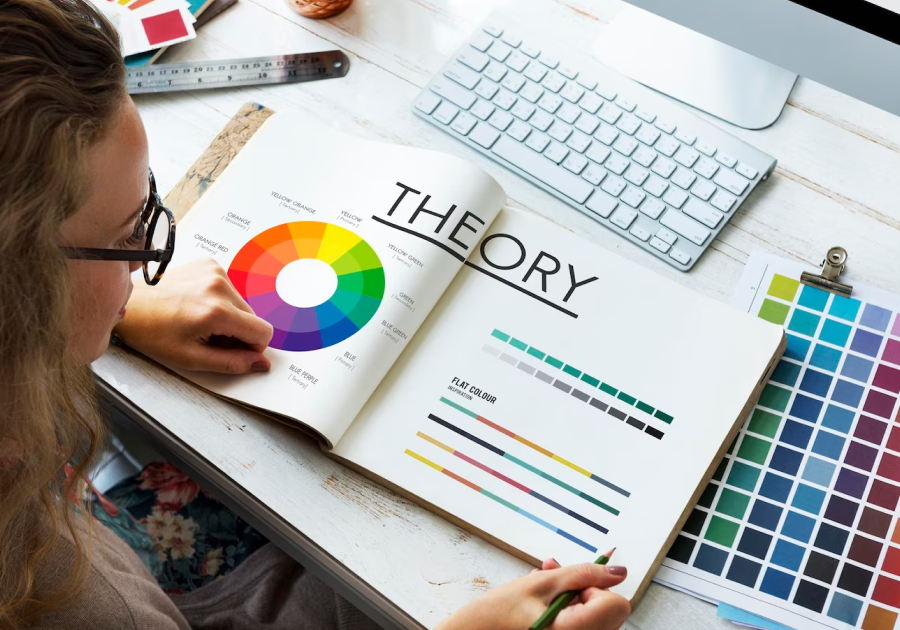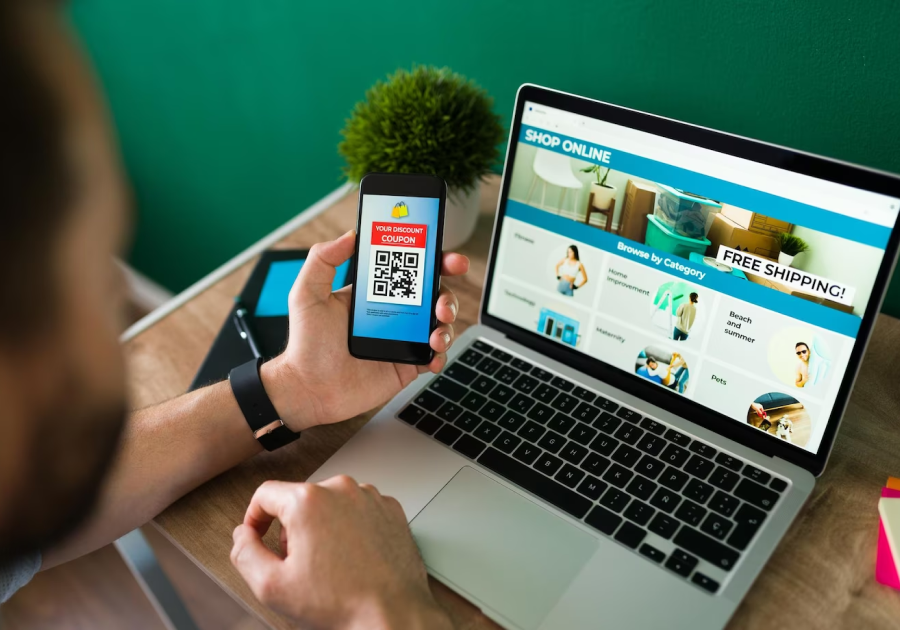Color is one of the most powerful elements in design. It’s not just about making things look pretty; it’s about evoking emotions, conveying messages, and influencing decisions. In the world of design, understanding the psychology of color is like having a secret weapon in your creative arsenal. Let’s dive into the fascinating world of color psychology and learn how to choose the perfect palette for your designs.

The Basics of Color Psychology
Color psychology explores how different colors affect human behavior, mood, and perception. It’s a field that combines science and art to create designs that resonate with the intended audience. Here are some fundamental color associations:
- Red: Passion, energy, urgency
- Blue: Trust, calmness, reliability
- Green: Growth, health, tranquility
- Yellow: Optimism, warmth, caution
- Purple: Luxury, creativity, mystery
- Orange: Enthusiasm, confidence, energy
The Impact of Color in Design
Colors have the power to influence our emotions and decisions. When you see a red “Sale” sign, it triggers a sense of urgency. A predominantly blue website might make you feel calm and trustful. These subconscious reactions can significantly impact how users perceive your brand or message.
Choosing the Right Palette
Now that we understand the psychological aspects, how do we choose the perfect color palette for our designs?
- Know Your Audience: Consider your target audience’s preferences and cultural background. Different cultures have varying associations with colors.
- Define Your Message: What message are you trying to convey? If it’s about energy and excitement, warm colors like red and orange might be suitable. For a professional and trustworthy image, blues and grays work well.
- Consider Context: Think about where your design will be seen. A color scheme for a website might differ from one for a print ad. Consider the surroundings and the intended emotional response.
- Use Color Harmonies: Color harmonies like complementary (opposite colors on the color wheel) or analogous (colors next to each other) can create visually pleasing and balanced designs.
- Test and Iterate: Don’t be afraid to test different color combinations and gather feedback. A/B testing can reveal which colors resonate best with your audience.
Case Studies in Color
Let’s look at a few famous brands and their strategic use of color:
- Coca-Cola: The use of red evokes excitement and passion, making it perfect for a brand associated with happiness and indulgence.
- Facebook: The calming blue color promotes trust and reliability, important for a platform built on connecting people.
- McDonald’s: The combination of red and yellow stimulates appetite and a sense of urgency, ideal for a fast-food restaurant.
In Conclusion
Color is a design element with immense power. Understanding the psychology of color allows designers to craft messages that resonate deeply with audiences. By choosing the right color palette, you can evoke the emotions and responses that align with your design’s goals. So, next time you embark on a design project, remember that every color has a story to tell, and you’re the storyteller.




